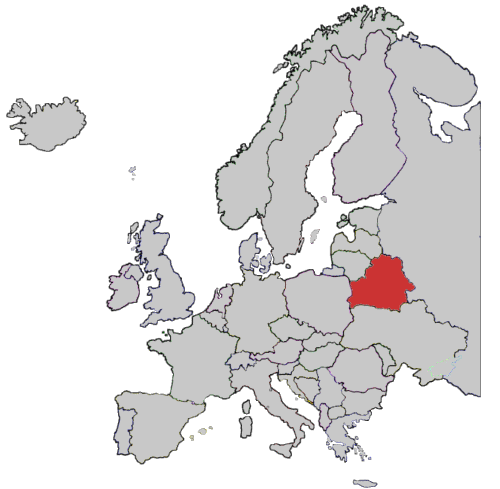


Belarus, a landlocked country in Eastern Europe, is known for its Stalinist architecture, grand fortifications and primeval forests. In the modern capital, Minsk, the monumental KGB Headquarters loom over Independence Square, while the Museum of the Great Patriotic War commemorates the country’s role in WWII. The capital is also home to many churches, including the neo-Romanesque Church of Saints Simon and Helena.
Languages: The official language of Belarus is Belarusian, which is a Slavic language spoken by the majority of the population. Belarusian is used in government, education, and the media, and it is the language of instruction in schools. In addition to Belarusian, many people in Belarus also speak Russian, which is widely used in the country, particularly in the cities. Finally, there are also a number of other languages spoken in Belarus, including Polish, Lithuanian, and Ukrainian, among others.
Ethnic Groups: Belarusian 83.7%, Russian 8.3%, Polish 3.1%, Ukrainian 1.7%, other 2.4%, unspecified 0.9% (2009 est.)
Belief Systems: Orthodox 48.3%, Catholic 7.1%, other 3.5%, non-believers 41.1% (2011 est.)
Demographics:
Population: 9.47 million people (World Rank: 91st) (2014 estimate)
Population Density: 121 people/mi^2 (People per Square Mile) (World Rank: 168th) (2014 estimate)
Population Growth: -0.307 %/yr (World Rank: 230th) (2013 estimate)
Life Expectancy: 69.9 years (World Rank: 152nd) (2013 estimate)
Median Age: 38.9 years (World Rank: 30th) (2010 estimate)
Sites for More Information:
Map of Belarus
Worldatlas.com
Belarus
World Factbook
Belarus - General Information
Encyclopedia.com
Music of Belarus
Belarusguide.com
Travel Info for Belarus
Travelnotes.org
Belarusian Embassy
in Washington D.C.
Belarusian Government Web Sites
by Gunnar Anzinger

